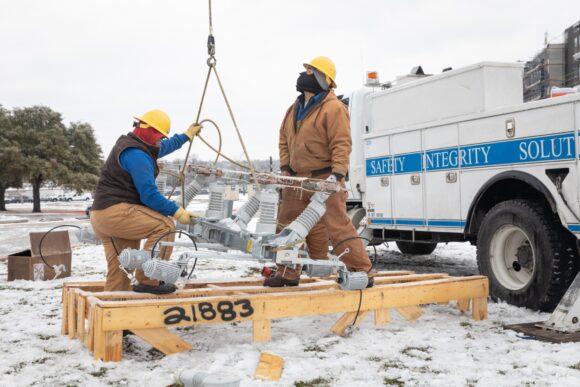If you’re having trouble wrapping your mind around the scree of natural catastrophes currently plaguing the world—from deadly July floods in Germany and China to the wildfires still burning in Greece, California and Siberia —you may be interested to know the professional risk calculators are too.
Climate change is exacerbating extreme and freak weather events so rapidly that even the insurance industry is struggling to keep up.
Late last week, reinsurance giant Swiss Re AG released its mid-year insurance losses and the figures were the second-highest on record. Insurers had to cover $40 billion in losses caused by natural catastrophes. The previous ten-year average for the first half of the year is $33 billion.
The insurance losses increased despite the fact that total economic losses from the natural disasters that they were based on actually decreased to $74 billion, which is down 31% from the year earlier.
Martin Bertogg, head of catastrophic perils at Swiss Re, said that the industry had been challenged by what is known as “secondary perils.” That is, while the insurance industry historically done a good jobs of modeling relatively rare but potentially devastating events such as earthquakes and hurricanes, it’s battling to keep up with risks posed by snow storms, hail, tornados and wildfire. Those used to cause relatively minor damage but are increasingly morphing into something more costly. And that is a problem for companies, since many Americans have coverage for such events.
Winter Storm Uri, which pounded Texas in February with snow and subfreezing temperatures, is a good example. Uri caused $15 billion in losses, making it the largest loss from a winter event in U.S. history, Swiss Re said.
While the jury is still out on whether climate change is to blame directly for Uri—the idea that warming makes the polar vortex unstable is not conclusive— the safest bet when the climate’s changing is that weird things are going to happen a lot more. Severe weather including hail and tornados in Central Europe in June accounted for about $4.5 billion in losses and have been linked to climate change.
Swiss Re thinks that this type of event is a trend they need to get on top of. “The insurance industry needs to upscale its risk assessment capabilities for these lesser monitored perils to maintain and expand its contribution to financial resilience,” Bertogg said in its report on the losses.
Of course, that’s easier said than done, said Erdem Karaca, who overseas catastrophic perils in the Americas for Swiss Re. “Models are less mature for secondary perils,” he said, “a peril like wildfire is also impacted by humans. Ninety percent of ignitions are caused by humans so it is difficult to quantify through models.”
Still, the industry is determined to get better. Over recent years modelers have gotten much more sophisticated at predicting flood risk, Karaca said. In the U.S., more sophisticated flood modeling has caused the Federal Emergency Management Agency, which handles 95% of residential flood insurance, to initiate its first new flood rate model in 50 years. Private insurance companies are also racing to deploying better models for fire prediction out West. For many people, better information will translate into higher premiums.
In the meantime, catastrophic weather keeps happening. Those losses from Germany’s floods aren’t counted in this recent report, which covered January through June. They could be as much as $6.5 billion, Swiss Re estimated. And hurricane season has hardly hit its peak; in the Northern hemisphere that comes in the third quarter of the year. Tropical Storm Fred, which is passing over the Florida Panhandle, is expected to do comparatively little damage. But Grace and other storms are on their way, and losses are sure to mount.
About the photo: Workers repair a power line in Austin, Texas, U.S., on Thursday, Feb. 18, 2021. Texas is restricting the flow of natural gas across state lines in an extraordinary move that some are calling a violation of the U.S. Constitutions commerce clause.
Was this article valuable?
Here are more articles you may enjoy.


 Waymo to Update Software Across Fleet After Major Power Failure
Waymo to Update Software Across Fleet After Major Power Failure  Marijuana’s Move to Schedule III: What it Really Means for Cannabis Insurance
Marijuana’s Move to Schedule III: What it Really Means for Cannabis Insurance  LA Fires Push Insurers’ 2025 Disaster Losses to $107 Billion
LA Fires Push Insurers’ 2025 Disaster Losses to $107 Billion  Jump Trading Faces $4 Billion Terraform Administrator Suit
Jump Trading Faces $4 Billion Terraform Administrator Suit 